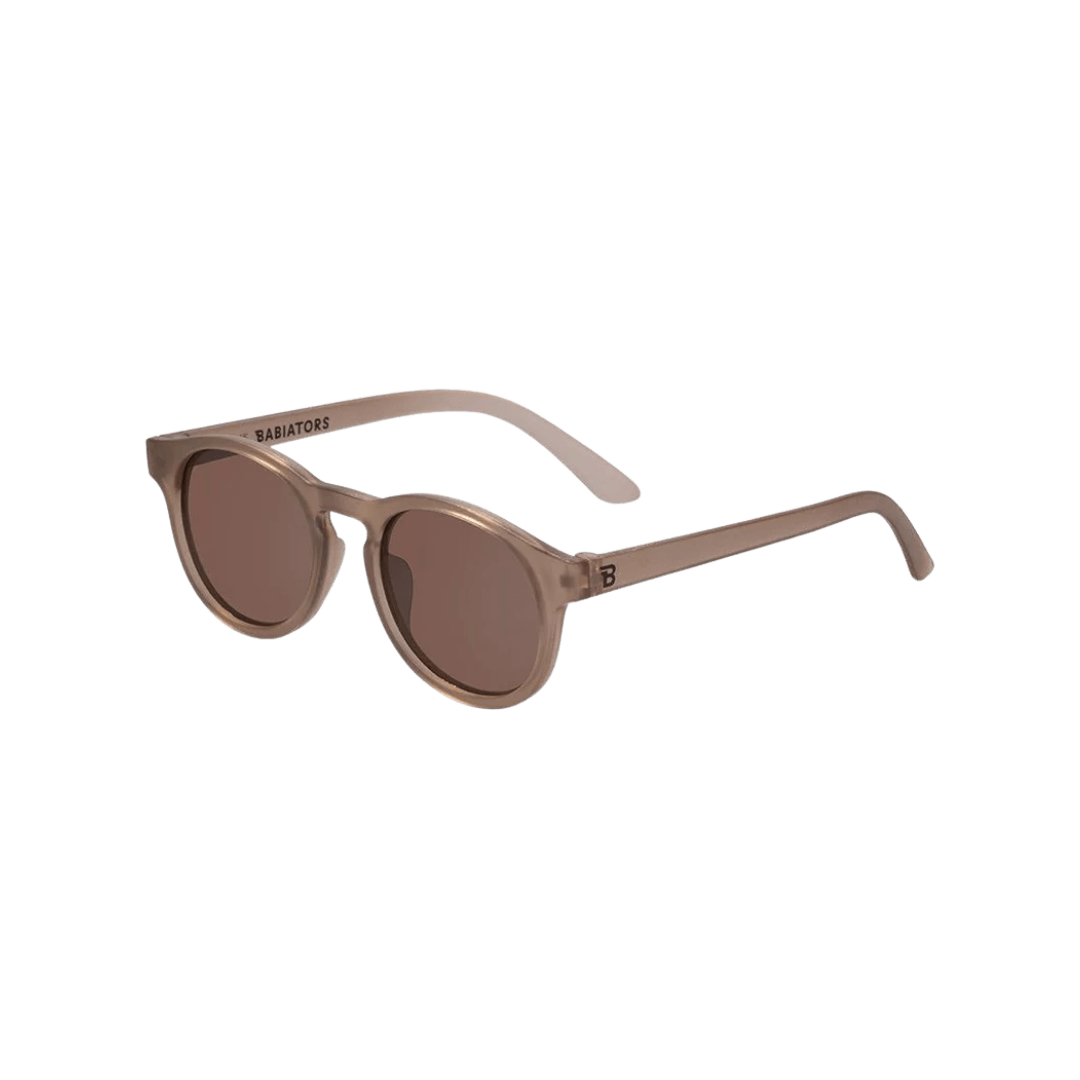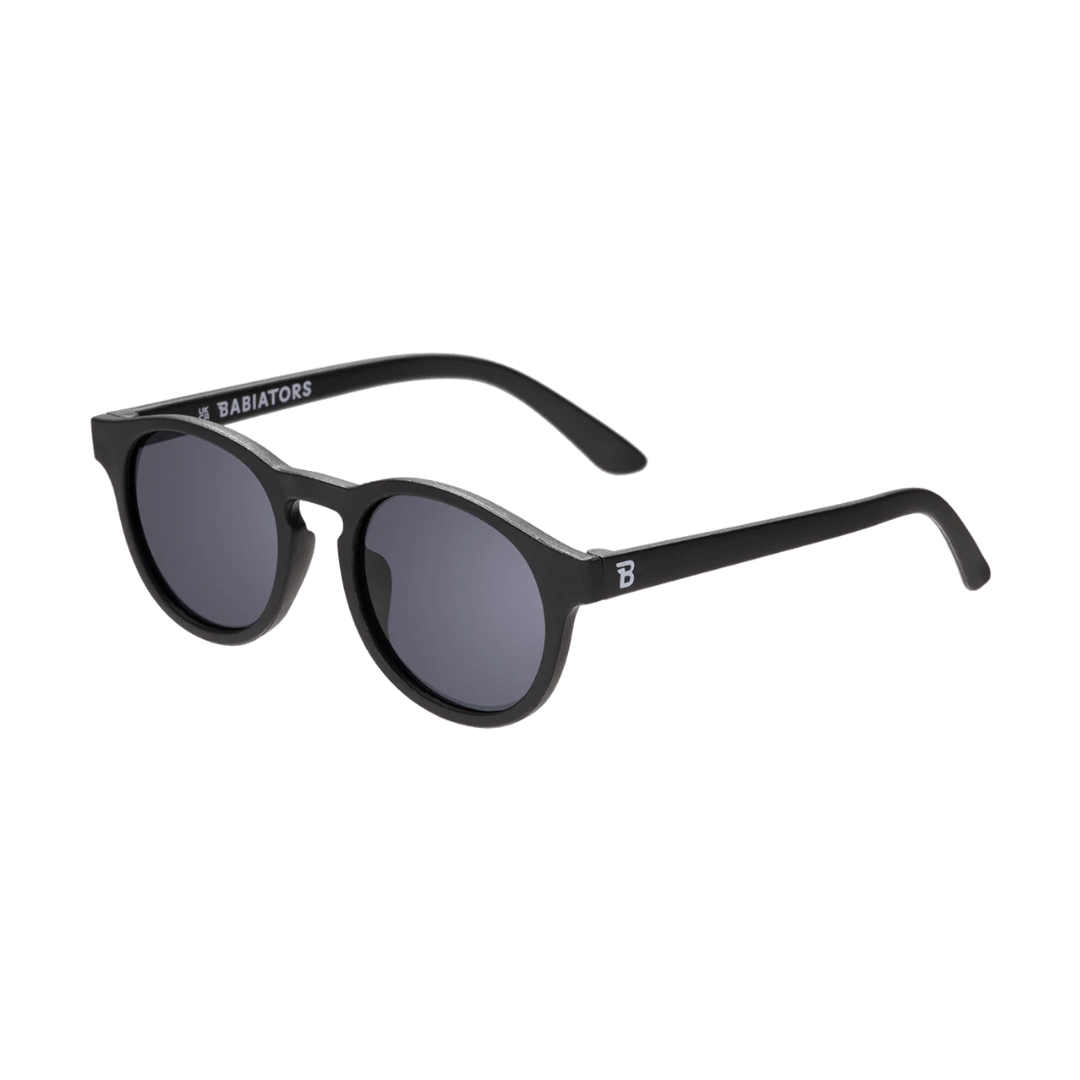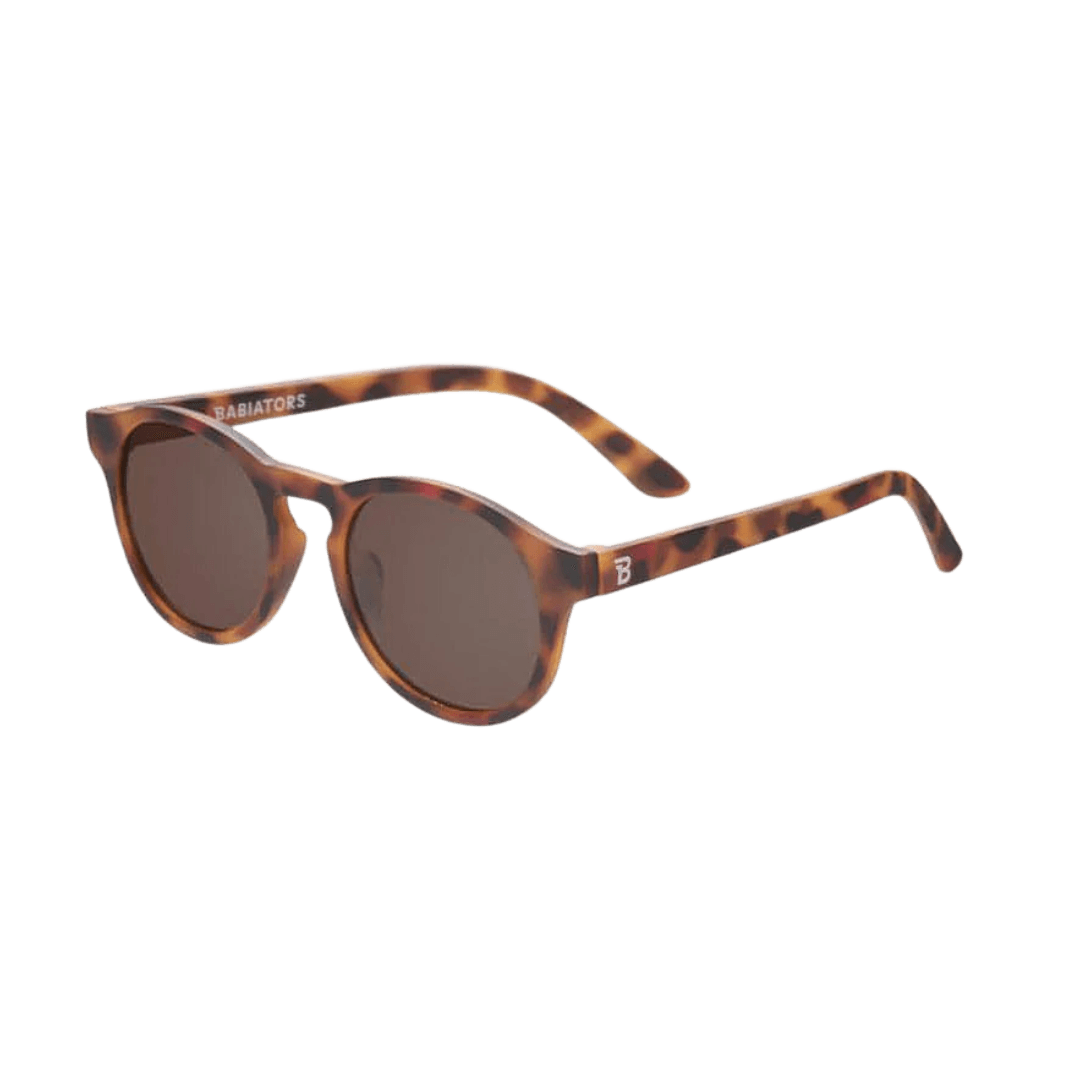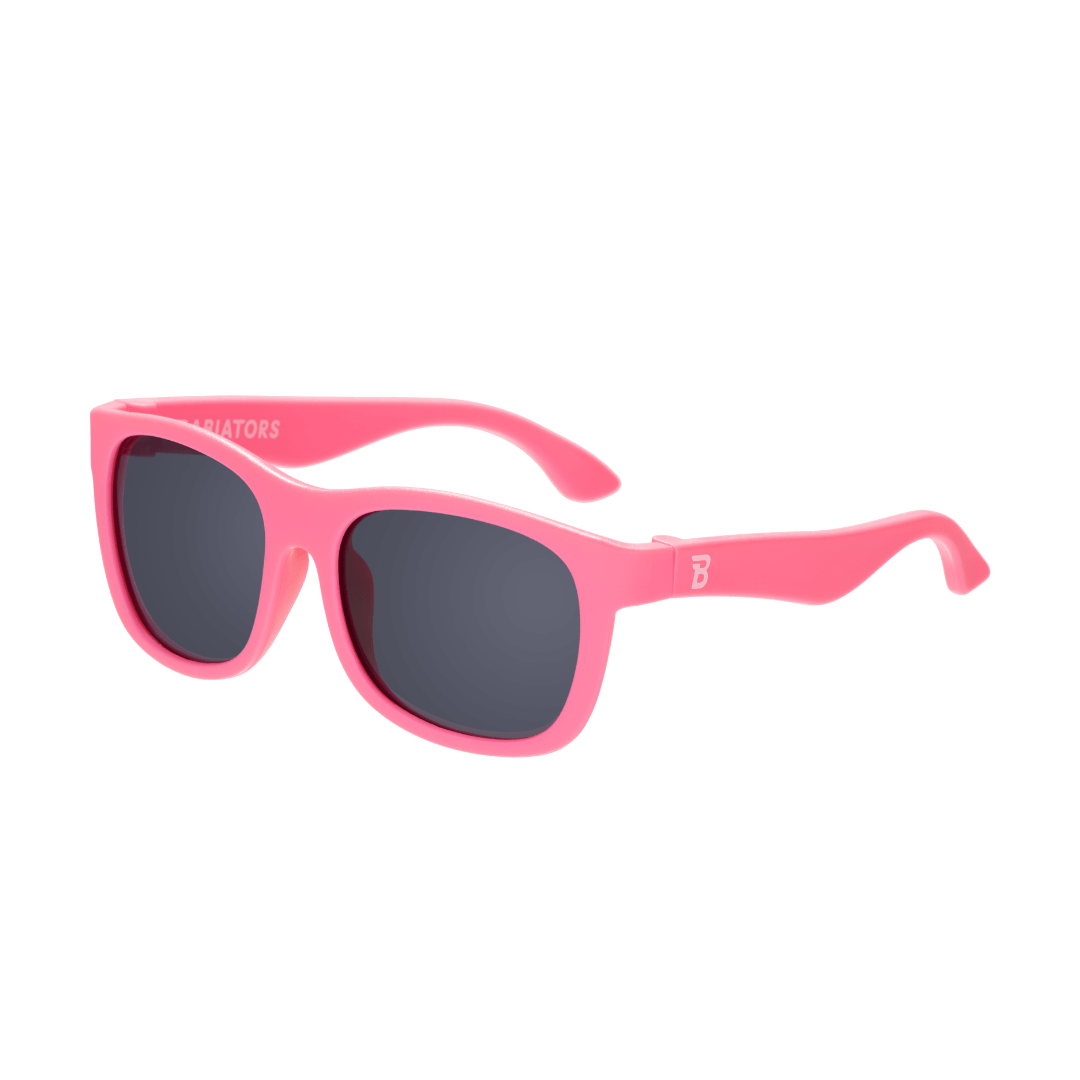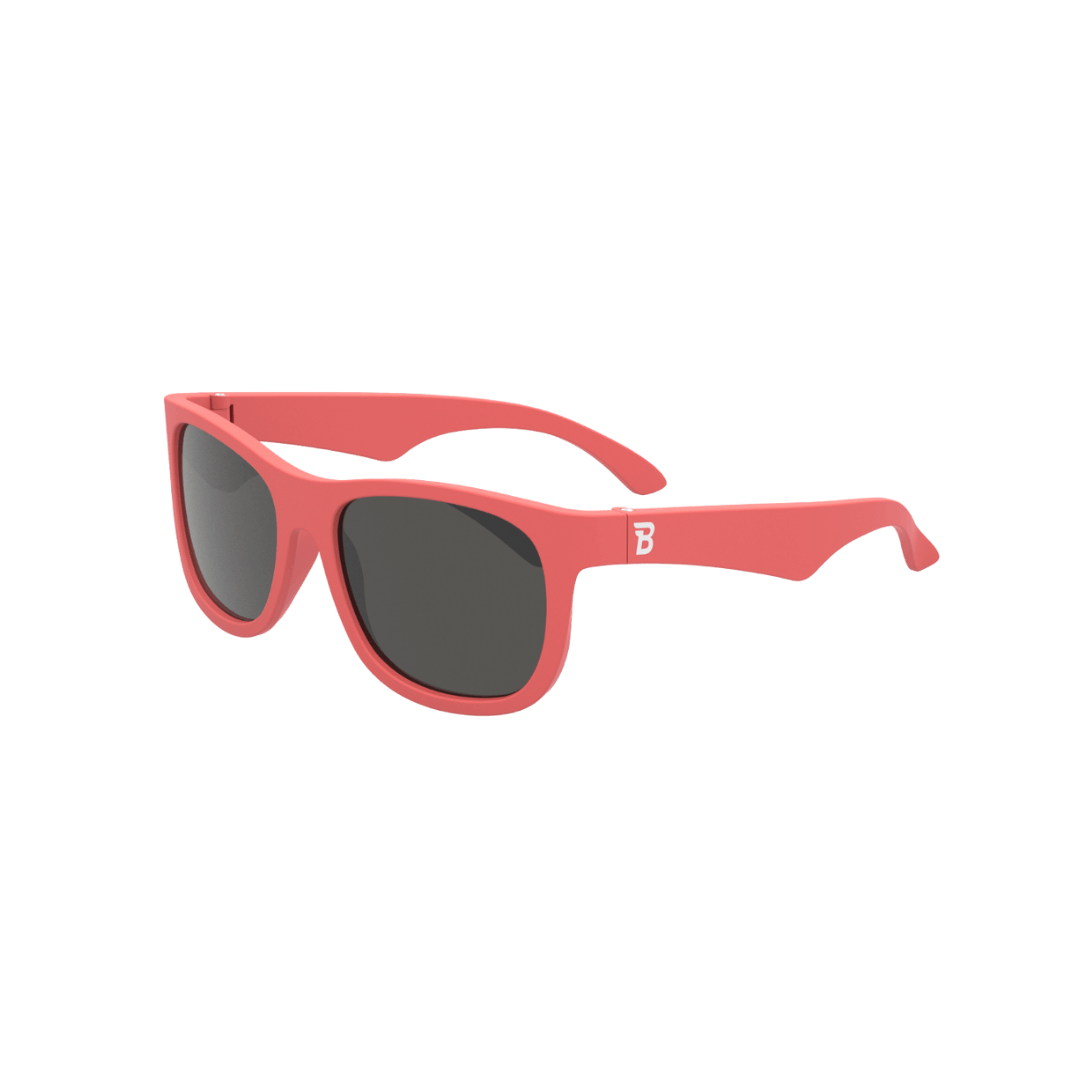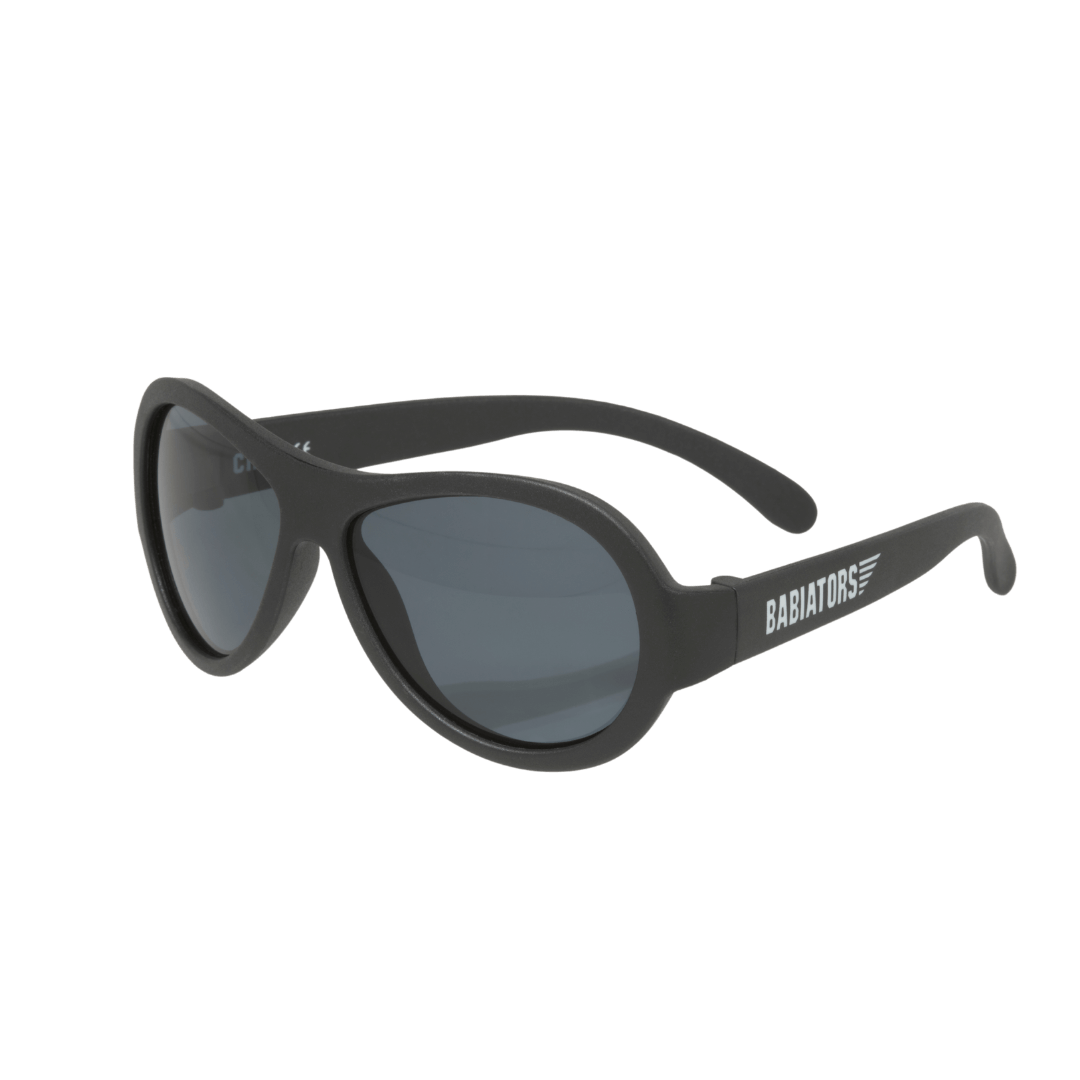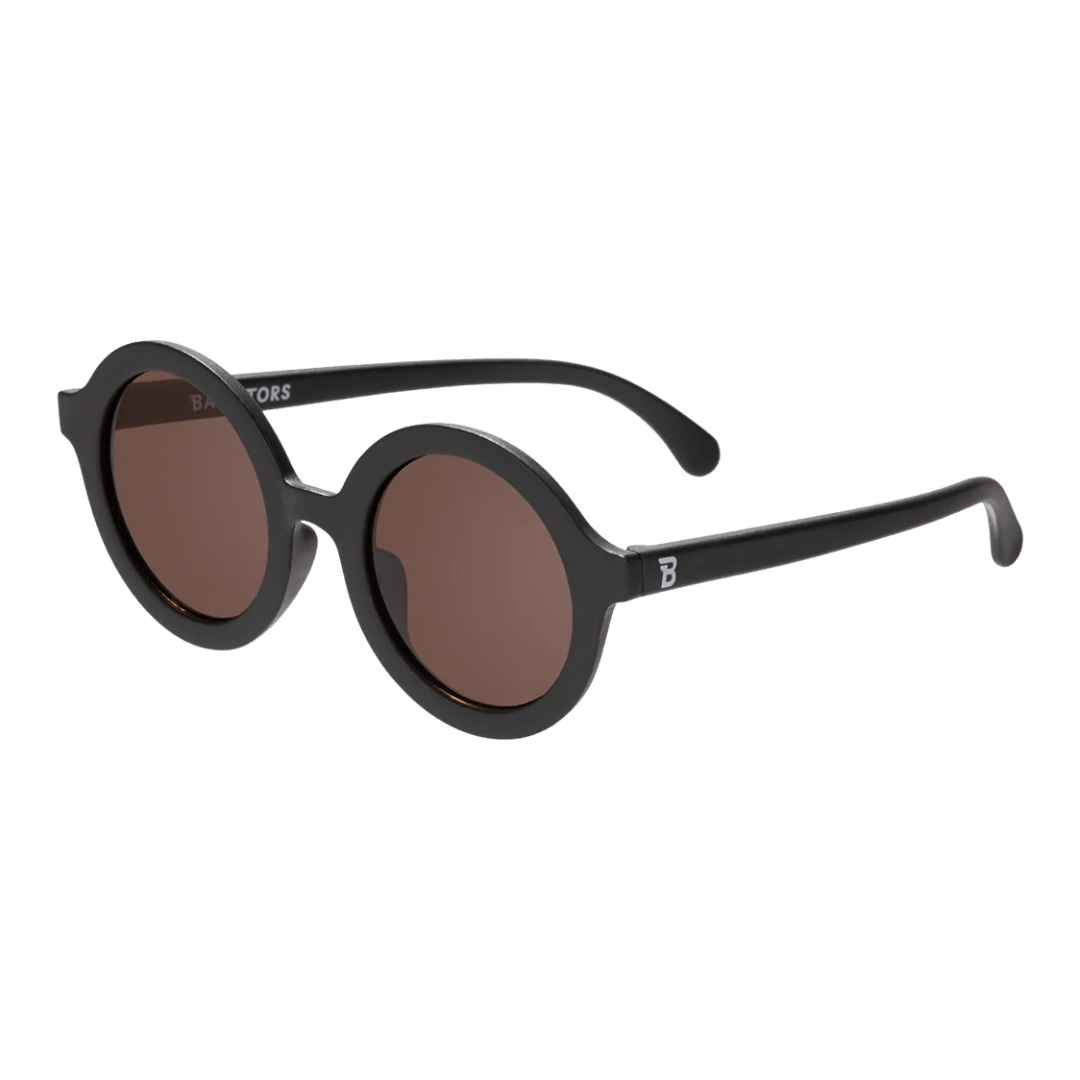Flat Rate shipping $8.95. Free Standard Shipping on all orders over $100.
Flat Rate shipping $8.95. Free Standard Shipping on all orders over $100.
Add description, images, menus and links to your mega menu
A column with no settings can be used as a spacer
Link to your collections, sales and even external links
Add up to five columns
Add description, images, menus and links to your mega menu
A column with no settings can be used as a spacer
Link to your collections, sales and even external links
Add up to five columns
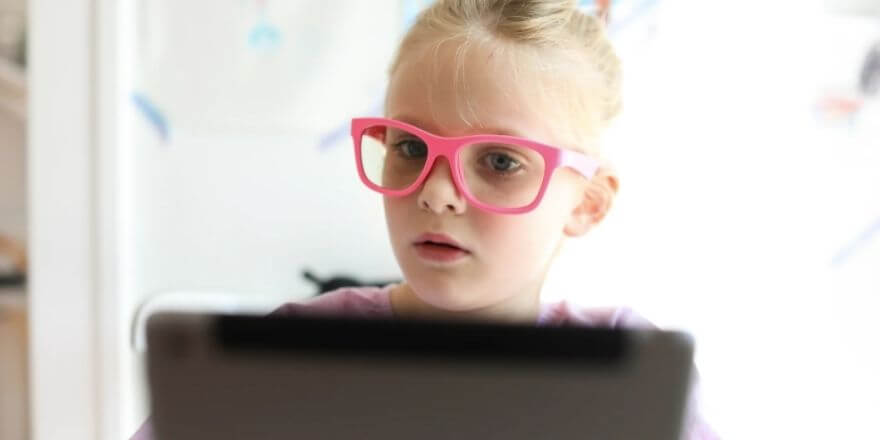
What blue light really does to your kids’ eyes
September 30, 2021
There’s no denying that our children are digital natives, but the short- and long-term impacts of the technologies they use aren’t yet clear. What we do know, however, is that the blue light from screens is impacting our children’s eyes in more ways than one. Consider this your beginner’s guide to all things blue light (including how to navigate it at home).

First of all: What is blue light?
A quick science lesson: Did you know that the light you can see is made up of different light wavelengths? Violet light, for example, has the shortest wavelength, while red light wavelengths are the longest. According to the Sleep Foundation, blue light (the kind emitted from screens or fluorescent lighting) has a short wavelength. It promotes alertness and performance – but it’s also the most important regulator of our circadian rhythm (our sleep-wake cycle).

Where does it come from?
Blue light is typically associated with screens, like televisions, smartphones, tablets, computers, gaming systems and even some e-readers. For children, the most common sources of blue light are TV (a 2015 survey found that television accounted for 60 percent of children’s screen viewing) and tablets (a 2017 poll discovered a third of preschool and two-thirds of primary school children own a smartphone or tablet). And as education and entertainment increasingly rely on technology, those numbers are likely to skyrocket even more.

How does blue light impact your kids’ eyes?
The biggest cause for concern is that experts believe blue light can cause retinal damage. Need us to explain? Prepare for a few big words. When visible light (like blue light) passes through the ‘media’ of the eye and into the retina, photoreceptors transform it into an electrochemical signal – these signals then impact our circadian rhythm and alertness.
Interestingly, ultraviolet light (UV) actually contains more energy than blue light, but the way it is absorbed by our eyes – through the cornea and crystalline lens, not the retina – means retinal exposure is limited.
It’s worth noting that digital blue light likely isn’t bright enough to damage the human retina. But what it can do is trigger the sensitive ganglion cell photoreceptors that regulate the circadian rhythm (sorry, more big words!). This is why experts warn against device use before bed; blue light can disrupt sleep onset and quality and therefore impair alertness – something your child really needs to thrive in their early years and at school.
While experts aren’t certain blue light from digital sources will cause retinal damage, keep in mind that your children’s eyes are particularly sensitive. It is understood that children may be at a higher risk for blue light retinal damage than adults, at least until their eyes fully develop at around age 14 or 15.
Some of the ways that blue light can impact your children’s eyes are:
- Sleep: By disrupting the circadian rhythm, blue light prevents the brain from producing the melatonin it requires to sleep.
- Learning problems: Poor sleep quality and sleep deprivation impact brain focus, while blue light stimulates alertness – though admittedly, not always the good kind.
- Eye health: Sore eyes, headaches and blurry vision are just some of the side effects of the eye stress that blue light can cause.
The long-term consequences of blue light exposure are not yet understood, so it’s better to be safe than sorry.

What can parents do about blue light?
You could try implementing the ‘20-20-20 rule’ by having your children take a 20-second break every 20 minutes to look at something 20 feet (6-ish metres) away.
While limiting screen time – especially before bed – is considered to be the most effective method for protection against blue light-related sleep disruption, the benefits of specially-designed lenses has shown promise.
Our Screen Saver sunglasses block 55 percent of blue light through Category 1 lenses (lenses designed with a light tint, not for outdoor sun protection). They help to decrease the effects of blue light and protect your children's eyes from overexposure.
Click here to find out more about our Screen Savers.
 |

|

|
| SCREEN SAVERS - KEYHOLE | SUN + SCREEN BUNDLE - NAVIGATORS | SCREEN SAVERS - NAVIGATORS |
Leave a comment
Comments will be approved before showing up.


